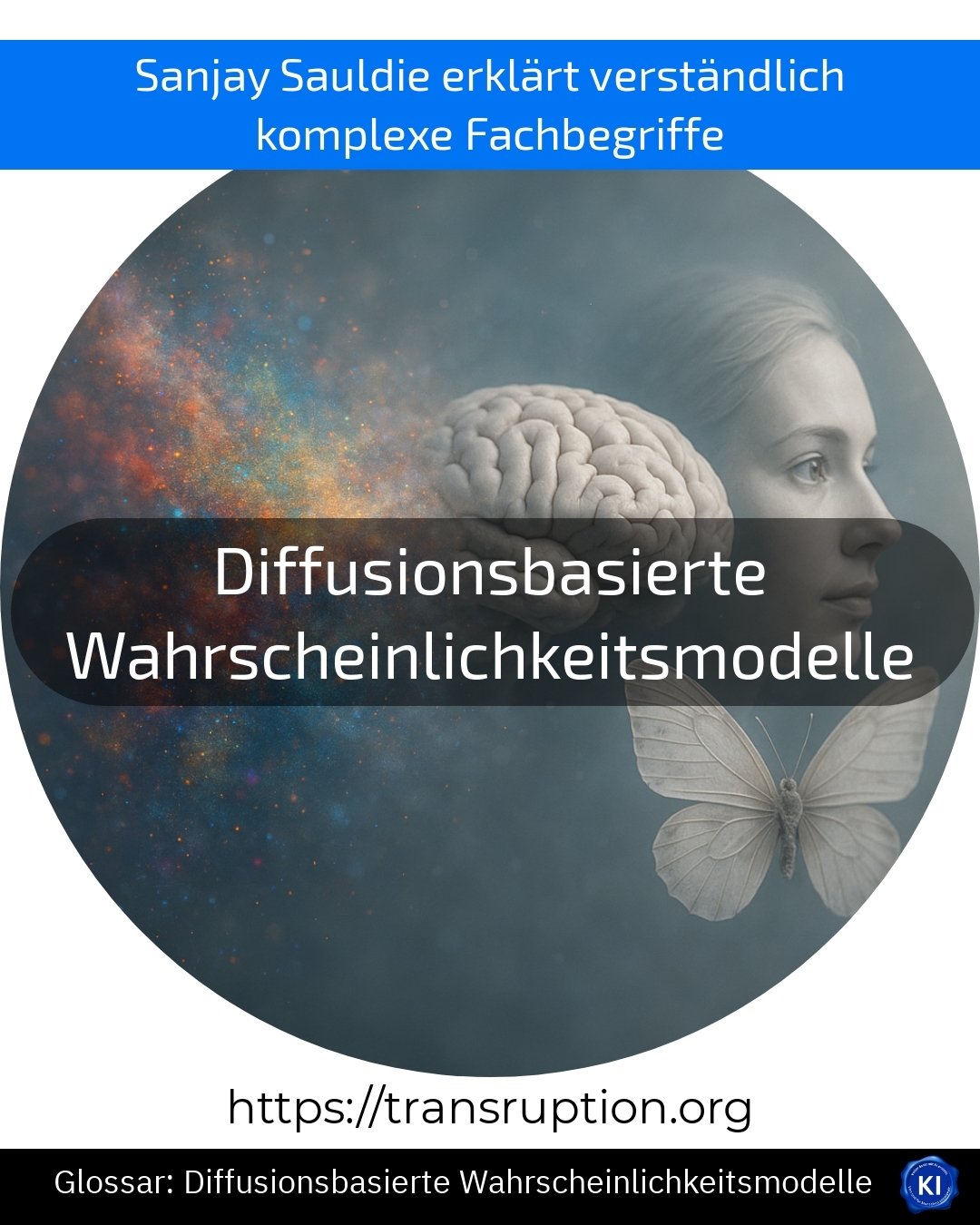Diffusion-based probability models belong to the category of artificial intelligence and are used particularly in the field of modern image and speech generation. This is an innovative method with which computers can create images, texts or even music that look deceptively real.
The principle is comparable to the creation of a photo from pixel interference. First, the model takes a "noise", i.e. a chaotic, random image, and then brings order to it step by step. At each step, the model estimates how the image could look more realistic, until finally a clearly recognisable image is created.
A practical example: If someone wants to create a photorealistic image of a green cat in a tree, the diffusion-based probability model starts with a random pattern. After many small improvements, the end result actually shows a green cat in the tree - even though no such image existed before.
The advantage of this technology is that it can generate new and amazingly realistic content. This opens up exciting possibilities for bringing creative ideas to life in advertising, product development and design.















